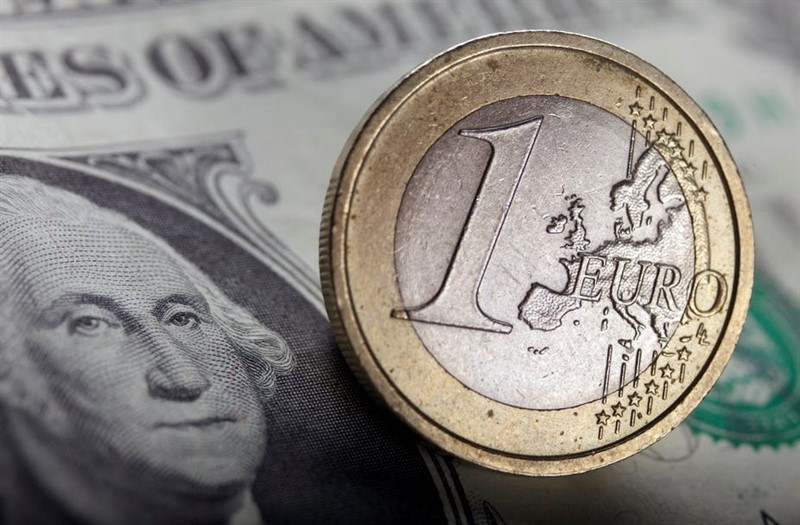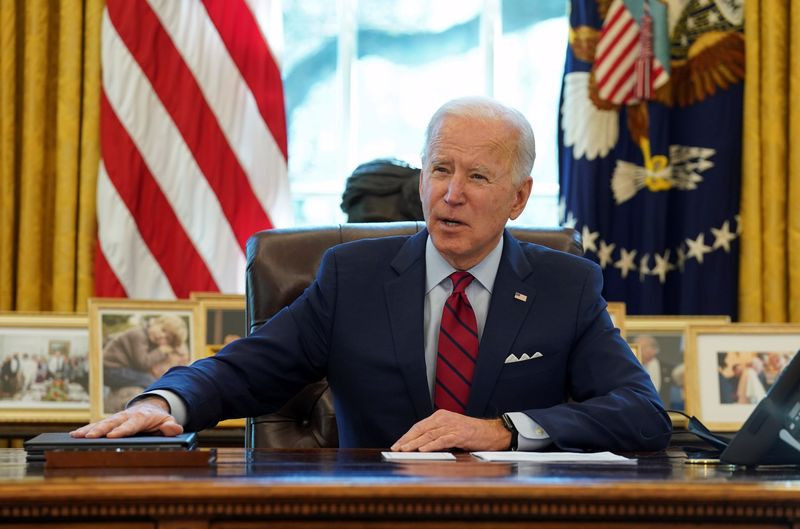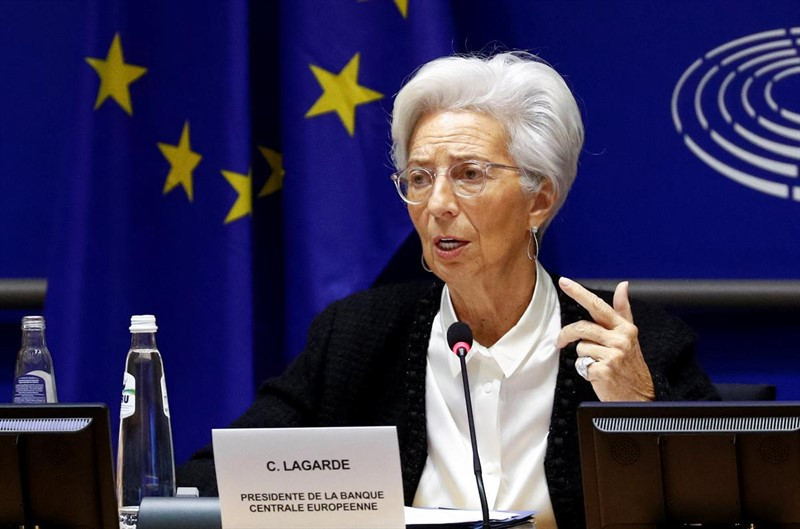
The dollar continues to shine, leaving in the shadow of the euro, which is trying with all its might to escape from the tenacious clutches of the "bears".
The divergence in the rates of the US and European central banks allows bears to dominate the EUR/USD pair. To ease the downward pressure, either FOMC officials should resist expectations of a rate hike in 2022, or European Central Bank representatives should start worrying more about inflation.
The Federal Reserve has been delaying the completion of an ultra-soft monetary policy for a long time, but in light of the latest inflation data in the US, the central bank is likely to move to more drastic measures.
So far, the US central bank has only reduced the volume of asset repurchases from $120 to $105 billion in November, and in December it plans to reduce the limit by another $15 billion.
"FOMC officials have just announced a reduction in quantitative easing after spending time preparing the market for this in order to avoid a repeat of the hysteria of 2013. However, given such high inflation and the fact that the market is already assessing two rate hikes next year, there is reason to believe that the Fed cannot afford to wait long this time," Bank of America analysts said.
Currently, the futures market is being quoted with a high probability of a Fed rate hike in June 2022, followed by another increase in November.
In October, the growth of consumer prices in the United States accelerated to 6.2% in annual terms, becoming a record since August 1990.
Bank of America strategists believe that the Fed's fight against inflation may result in a stronger dollar.
"As consumer prices in the United States are rising at the fastest pace in the last three decades, the US central bank may have to admit that a significant part of this growth reflects the overheating of the economy. Such a turnaround could push the dollar up against major currencies such as the euro, as higher interest rates attract funds from abroad," they noted.
A similar opinion is shared by Maybank analysts, who believe that inflation and monetary policy have become the main drivers of the recent broad USD rally.
"For large currencies, inflation is the driving force behind the growing divergence in the policy of developed markets in favor of the greenback. The growth of the dollar is likely to be more noticeable against such low-yielding major currencies as EUR," they said.
The public debate among Fed policymakers about how to respond to high inflation intensified on Tuesday as US President Joe Biden approached a decision on who will lead the US central bank for the next four years.

The day before, Biden said that by the end of the week he could decide on a candidate for the post of chairman of the Fed.
Biden is considering whether to keep Jerome Powell, whose term expires in February, or replace him with Lael Brainard.
However, regardless of what choice the head of the White House makes, inflation will occupy a central place in the Fed's debate about where monetary policy should be directed next.
San Francisco Fed President Mary Daly on Tuesday urged the US central bank to be patient, saying that price pressures are likely to disappear on their own as the pandemic recedes.
"Raising interest rates now will not eliminate bottlenecks in the supply chain and other temporary problems that lead to higher prices, but will slow down job creation and economic recovery," she said.
The Fed's leadership hopes that high inflation is mainly related to the pandemic and is likely to decrease without the need to raise interest rates.
But what if changes in how inflation works have been mistaken for short-term supply chain disruptions or other pandemic disruptions, and that could pose serious risks.
"The risk is that Fed officials will panic and chase inflation with a faster increase in interest rates. This could push the American economy into recession," Grant Thornton analysts noted.
On Tuesday, the president of the St. Louis Fed, James Bullard, said that the Fed should stick to a more hawkish course over the next few meetings to be ready in case inflation does not weaken.
"The US economy seems to have got rid of the reason for monetary policy softness in the face of Delta and is gaining momentum again, albeit with serious ongoing supply chain problems and bottlenecks," Westpac strategists said.
Hawkish comments by Bullard will give the market reasons to expect the Fed to raise rates in 2022, which is in sharp contrast to Europe, where new measures are being taken to suppress the virus," they added.
It is assumed that the ECB will adhere to an ultra-soft monetary policy for a long time and will not raise the interest rate before 2023.
At the same time, inflation in the eurozone is growing at a more restrained pace than in the United States. According to the ECB forecast, this year inflation in the currency bloc will be 2.2%, and next year it will slow down to 1.7%.
Thus, it can be expected that yields on government bonds in the United States will grow faster than in the eurozone, which will provide favorable conditions for strengthening the dollar against the euro.

Having already declined by more than 7% against the USD this year, the EUR was under strong bearish pressure after ECB head Christine Lagarde on Monday actually refuted expectations for an interest rate hike in 2022.
"Tightening monetary policy to contain inflation could stifle the economic recovery in the euro area," she said.
"Since the ECB still insists that interest rates will not rise next year, there is not much point in trying to catch a falling knife. Euro rallies have been selling strongly since September, and investors are not abandoning this tactic," Societe Generale analysts said.
Meanwhile, the bid to buy USD is becoming more and more popular in the market.
"We believe that surprises from economic data, especially outside the United States, will remain a powerful driver for the dollar," Invesco analysts noted.
The economic surprise indices calculated by Citi show that European data lags behind their American counterparts by a difference of more than a year.
The dollar has been actively rising since the release of data on the record annual inflation in the United States for 30 years. During Wednesday's trading, the USD index updated this year's highs above the 96.00 mark.
Meanwhile, the EUR/USD pair touched the lowest level since July 2020 in the area of 1.1260, after which it recovered somewhat. However, it will probably be difficult for it to achieve a convincing rebound if the fundamental background does not change.
The bears continue to control the situation, and in the near future, a continuation of the decline seems to be a more likely scenario.
In case of absorption of the 16-month low, the pair may take a course at 1.1200, and then - at 1.1180 and 1.1160.
On the other hand, the resistance is located at 1.1325, 1.1350, 1.1370 and 1.1400.





















